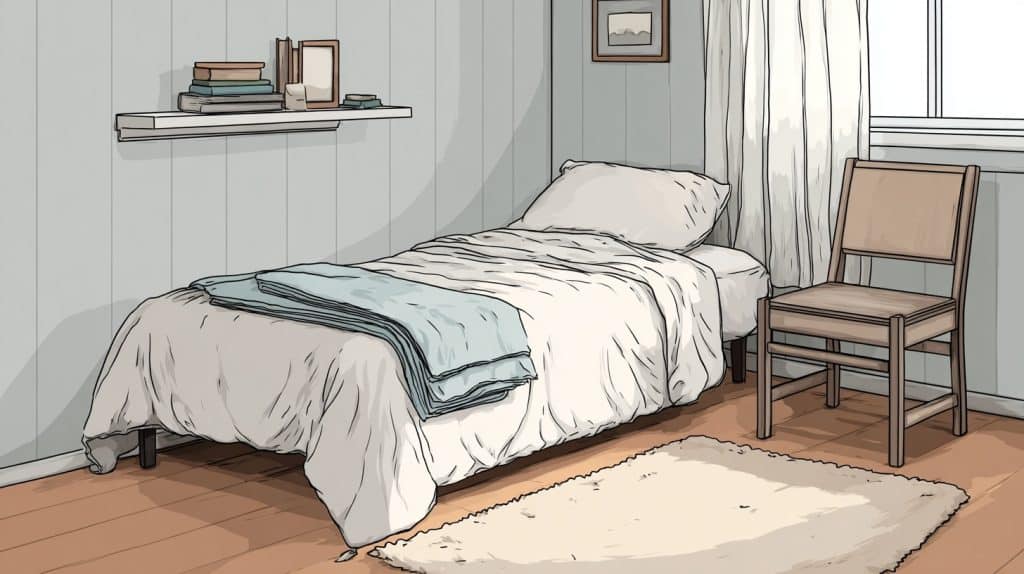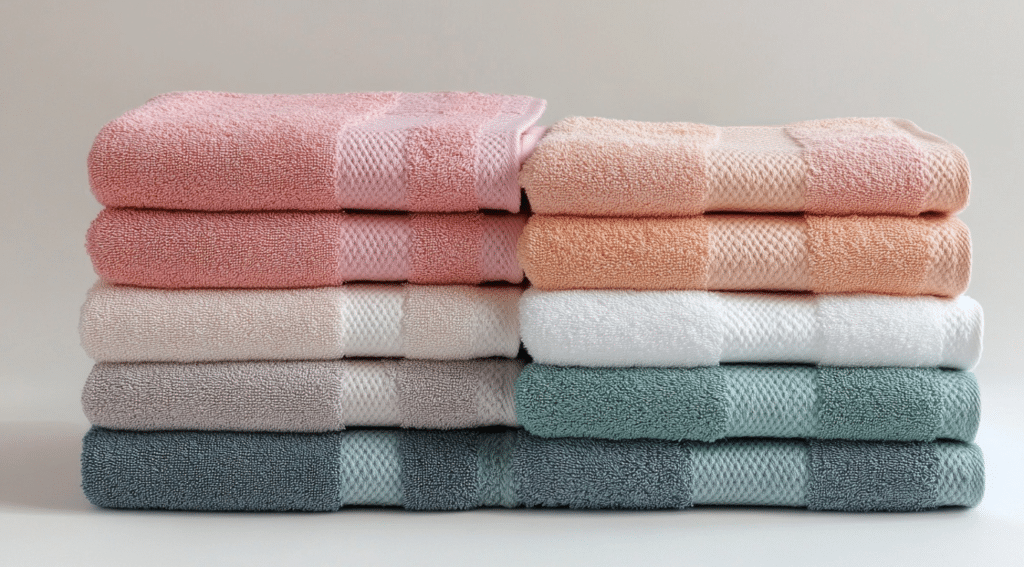Ever bought a blanket that didn’t quite cover your bed the way you expected? You’re not the only one. When you understand twin-size blanket dimensions, it’s much easier to choose the right fit.
If you’re replacing old bedding or shopping online, picking the right blanket size isn’t always straightforward, especially with so many types and measurements out there.
That’s exactly why I put this guide together. I’ll give you a clear breakdown of twin-size blanket dimensions in both inches and centimeters, including how they compare to other sizes like Twin XL, Full, and Queen.
You’ll also learn how to choose the right blanket based on age, height, mattress size, seasons, and materials. Let’s make sure your next twin blanket fits just right.
Standard Twin-Size Blanket Dimensions
Understand twin blanket dimensions in inches and centimeters, including Twin XL differences, to help you choose the best fit for your bed and needs.
1. Standard (66 x 90 inches)
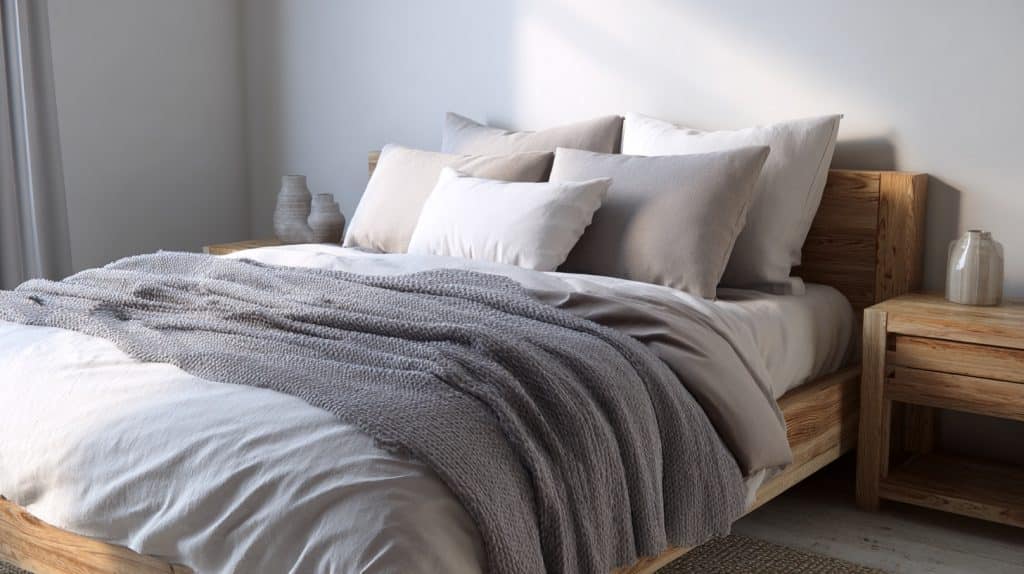
This is the most common twin blanket size and works well for standard twin mattresses. It offers enough width and length to fully cover the bed and allow for light tucking at the sides or foot.
It’s a great choice for everyday use, whether for sleeping, lounging, or layering. Most cotton, fleece, and all-season blankets fall into this size range and can be found easily at major retailers or online stores.
2. Oversized (68–70 x 90 inches)
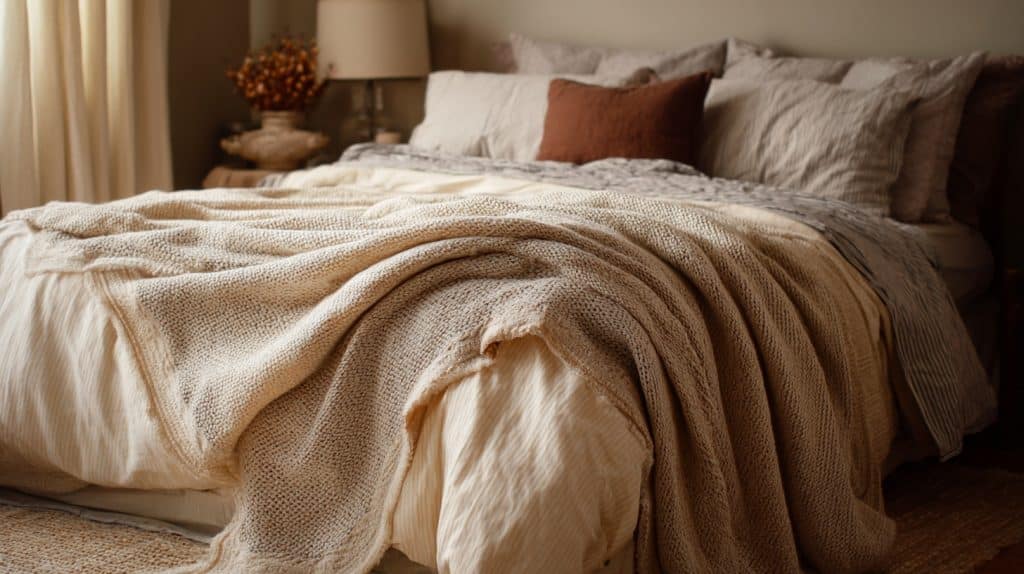
Oversized twin blankets provide a little extra width compared to the standard version. This style is ideal if you like more side coverage or need extra fabric for tucking under the mattress.
It’s also a good option for kids or adults who toss and turn during sleep. Despite the added width, the length remains the same as standard, so it won’t feel too bulky or long on a twin bed.
3. Lightweight (66 x 90 inches, thinner material)
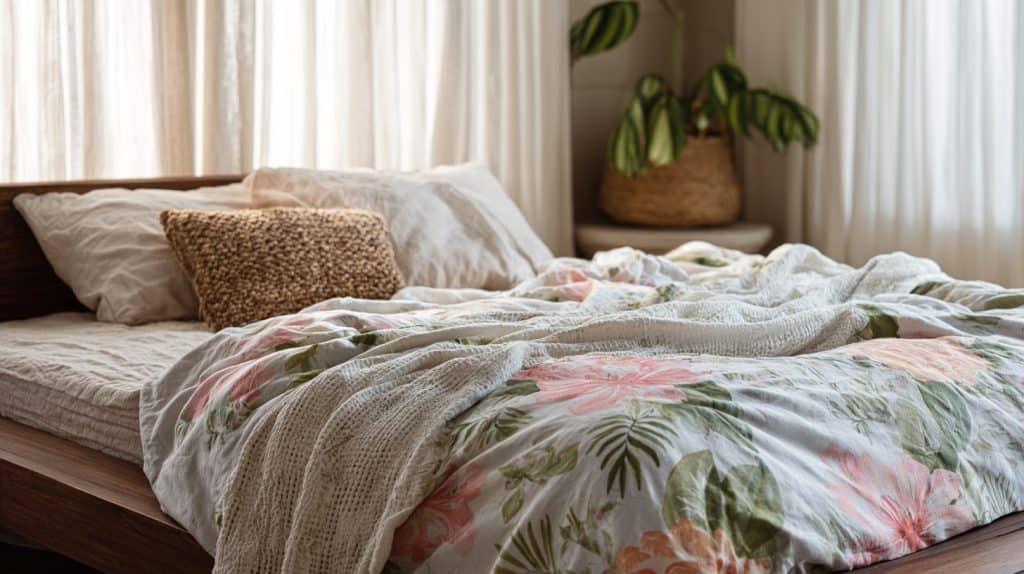
Lightweight twin blankets have the same dimensions as standard options but are made from thinner, breathable materials. They’re great for warmer seasons or for layering under a heavier top blanket.
Cotton and microfiber are common materials for this style. A lightweight option can also work well in shared spaces or for travel, as it packs easily and doesn’t trap too much heat.
4. XL / Twin Extra Long (66 x 95 inches)
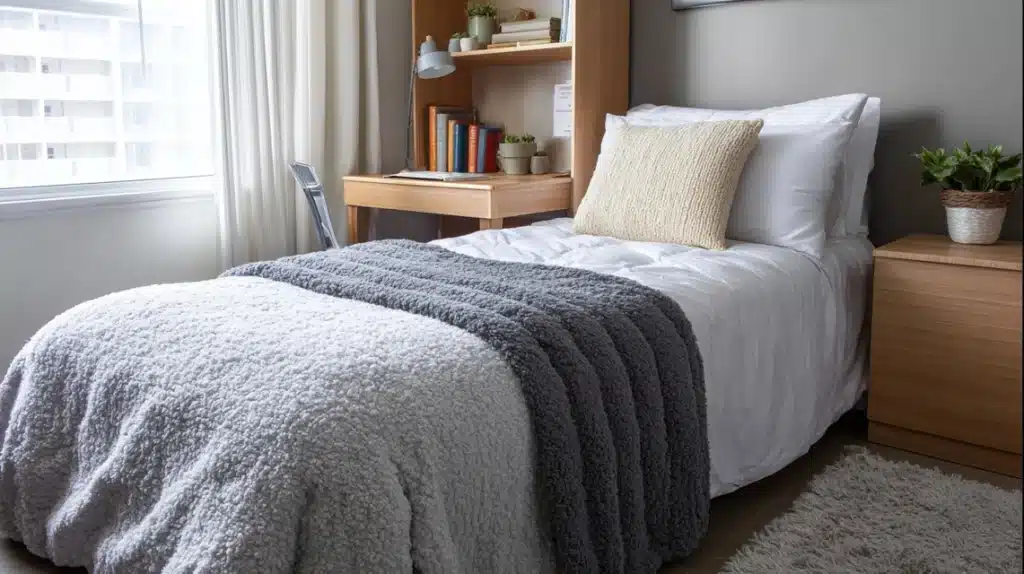
Twin XL blankets are designed for longer mattresses, often found in dorm rooms or tall sleepers’ beds. These blankets keep the standard width but add 5 inches in length, which prevents feet from sticking out.
If you’re taller than 6 feet or using a Twin XL mattress, this size gives you better coverage. It’s also helpful if you like extra length for tucking or folding over the end of the bed.
5. Fitted for Twin Bed (66 x 90 inches, shaped to tuck neatly)
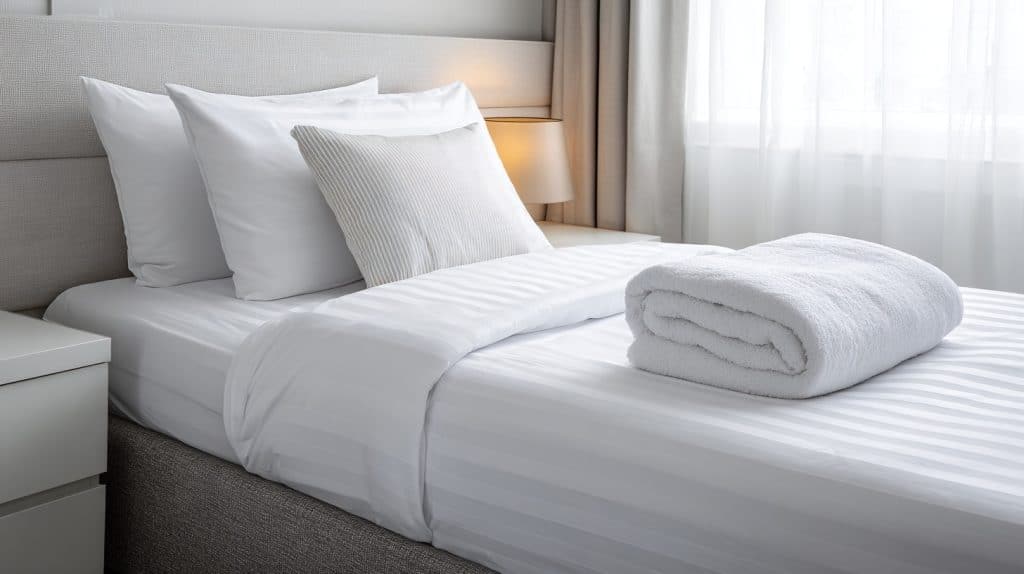
Fitted twin blankets are cut or stitched to better match the mattress surface. While they share the same size as standard options, they’re designed to tuck easily under the mattress or lie flush with the edges.
This style is perfect for making the bed look neat and is often used in guest rooms, kids’ beds, or daybeds. It offers a snug feel without the need for constant adjusting during sleep.
Standard Blanket Size Chart: Twin, Full, Queen & More
Blanket sizes vary to fit different mattresses and preferences, from compact throws to oversized options for maximum coverage.
| Blanket Size | Inches (W x L) | CM (W x L) |
|---|---|---|
| Twin | 66 x 90 | 168 x 229 |
| Twin XL | 66 x 95 | 168 x 241 |
| Full | 80–85 x 90 | 203–216 x 229 |
| Queen | 90 x 90–100 | 229 x 229–254 |
| King | 108 x 90–100 | 274 x 229–254 |
| Throw | 50 x 60 | 127 x 152 |
Choose the right size based on your mattress, height, and desired level of coverage when sleeping or relaxing.
How to Choose the Right Blanket Size for You
Select the right blanket by considering factors such as age, height, mattress type, and your preferred level of warmth or coverage year-round.
By Age and Height
Twin blankets usually work well for kids, teens, and most adults. If you or your child are under 6 feet tall, a regular twin should offer enough length and coverage. Taller sleepers may want a Twin XL, which adds extra inches without changing the width.
Consider your sleep habits, too. If someone tosses and turns, choose a slightly wider blanket to keep them covered comfortably through the night without sliding off the bed.
By Mattress Type
Twin mattresses typically measure 38 incheswide by 75 inches long. A standard twin blanket, which measures 66 x 90 inches, provides enough overhang on both sides and at the foot of the bed.
This extra fabric helps the blanket stay in place during sleep and gives a cleaner look when the bed is made. A Twin XL mattress needs a longer blanket to maintain the same coverage, especially for taller users.
Seasonal and Layering Use
Not all blankets are right for every season. Lightweight materials like cotton or thin fleece are better for summer or warm climates. For colder months, go with heavier options like wool, sherpa, or layered blankets.
You can also use a twin blanket as the top layer over a flat sheet or another lightweight blanket. Consider whether you prefer a year-round blanket or one that changes with the seasons.
Twin Blanket Materials and Types
Different materials offer unique comfort, warmth, and weight. Pick based on how the blanket feels and how you plan to use it.
Common Materials:
- Cotton – Soft, breathable, and easy to care for. Works well year-round in both warm and cool rooms.
- Fleece – Lightweight and warm. Great for cooler nights or for layering without adding bulk.
- Wool – Thicker and warmer than most materials. Best for winter or drafty spaces.
- Sherpa – Soft and fluffy with a cozy feel. It is often used for comfort during colder seasons.
- Weighted – Heavier by design and helpful for those who like pressure and warmth during sleep or rest.
Choose a material that feels good against your skin and meets your needs for warmth, comfort, and regular use.
Blanket Type Comparison: A Quick Look
If you’re wondering which blanket to choose, here’s a quick comparison to help you find the right fit for your needs.
| Type | Common Material | Best For |
|---|---|---|
| Cotton | 100% Cotton | All seasons, easy care |
| Fleece | Polyester blend | Cold nights, lounging |
| Wool | Wool blend | Winter warmth |
| Sherpa | Polyester/Sherpa | Plush feel, added warmth |
| Weighted | Cotton + beads |
Stress relief, sleep support |
Choose based on what feels most comfortable, your sleeping temperature, and whether you need something breathable or more relaxing.
Where to Buy Twin Blankets
You can find twin blankets in many materials and styles from well-known retailers, both online and in stores.
Amazon and Wayfair offer a wide selection, often with quick delivery options. Casper and Parachute focus more on comfort and quality, while Target has budget-friendly choices.
If you’re looking for something lightweight like cotton or something warmer like sherpa, there’s plenty to choose from.
Prices vary depending on size and material, so it helps to know what you want before shopping. Stick with stores that offer clear product details and customer support to avoid any surprises.
Storage and Folding Tips
Keep your blanket in good shape by folding it the right way and following basic care instructions that match the material.
Folding for Storage
Folding your twin blanket neatly helps save space and prevents wrinkles. Start by laying it flat, then fold it in half lengthwise. Fold again into thirds or quarters, depending on storage space. This method works well for placing blankets on open shelves or in storage bins.
Avoid stuffing blankets tightly into small spaces, which can create creases and shorten their lifespan. Always store in a dry place to prevent musty smells or damage from moisture.
Cleaning and Maintenance
Each blanket material needs different care. Cotton and fleece are usually machine washable, while wool and sherpa may need gentler methods. Always check the care label before washing.
Use mild detergent and cool water to help preserve softness and prevent shrinking. Avoid high heat in dryers; air drying is safest for most blankets.
Clean your blanket every few weeks if used regularly, or once a season for lighter use. Proper care keeps it fresh and lasts longer.
Wrapping It Up
Now you’ve got a solid handle on twin-size blanket dimensions in both inches and centimeters, with comparisons to Twin XL, Full, Queen, and more.
You know how to match a blanket to your bed size, height, and sleep needs, and how to pick the right material for every season.
Keep this guide handy next time you’re shopping for bedding, whether online or in-store. It’ll help you skip the sizing guesswork and find what actually fits.
If you’re still choosing between bed sizes or want help with other bedding basics, I’ve got more easy-to-follow guides coming up. Check out the next one for clear answers and stress-free tips that make blanket buying a lot easier.

